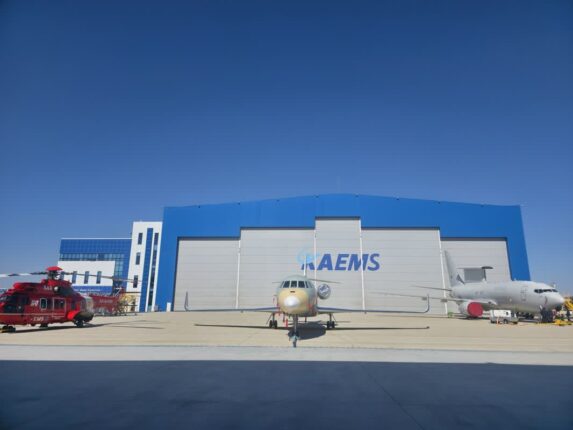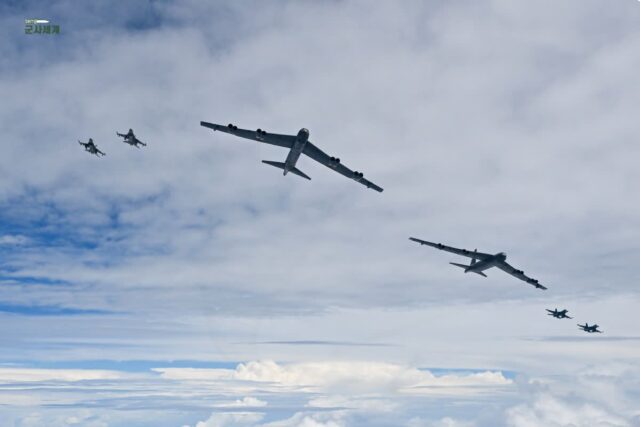
On July 2, Polish Minister of National Defense Władysław Kosiniak-Kamysz officially announced that negotiations with Hyundai Rotem had been completed for a second contract involving the supply of K2 main battle tanks, stating that the agreement would be signed soon. While the detailed terms of the contract will be disclosed at a later date, the signing ceremony is expected to take place with high-ranking officials from both governments in attendance. The two sides are currently coordinating the schedule and format of the event.
In response to rapidly heightened security concerns, Poland signed a framework contract with South Korean defense firms in 2022, establishing a comprehensive agreement. That same year, Poland entered into the first implementation contracts for four weapon systems: the K2 tank, K9 self-propelled howitzer, FA-50 fighter, and Chunmoo multiple rocket launcher. Second-phase implementation contracts for the K9 (in 2023) and Chunmoo (in 2024) followed sequentially. These large-scale and swiftly executed defense deals with Poland served as a key turning point in drawing global attention to K-defense.
While it was initially expected that the second K2 tank contract would be signed around the same time as the follow-up contracts for the other systems, the inclusion of development and local production of a customized Polish variant of the tank—referred to as the K2PL—broadened the project scope and increased the contract scale, prolonging negotiations. As a result, the agreement has only now been finalized.
Despite these challenges, the second K2 tank contract is seen as the outcome of a unified “one team” effort involving not only the defense company but also DAPA, the Ministry of National Defense, the Ministry of Foreign Affairs, the Ministry of Economy and Finance, the Ministry of Trade, Industry and Energy, the Army, and other relevant institutions. Even amid political transitions in both countries, the South Korean government consistently offered proactive technology transfer and military cooperation, securing Poland’s strong trust through defense export financing and a wide range of policy support.
Unlike the first contract, which involved exporting fully assembled K2 tanks produced in Korea, the second deal includes both Korea-manufactured K2s and the newly developed K2PL tailored to meet the operational requirements of the Polish military. From this phase onward, a significant portion of the tanks will be assembled locally through cooperation between Hyundai Rotem and Polish defense firms, with production facilities to be established in Poland. The creation of this local manufacturing base adds strategic value by enhancing the likelihood of fulfilling the remaining 1,000 K2 tanks specified in the original framework agreement.
Furthermore, the deal aligns with the European Union’s rearmament initiative announced in March, making it a significant model for defense cooperation. The contract combines K-defense’s strengths in performance and production competitiveness with customization and local production options tailored to the recipient country’s needs. It is expected to serve as a new momentum for defense exports not only among individual European nations but also at the NATO level.
Commissioner Seok Jong Gun of the Defense Acquisition Program Administration stated that this second export contract for the K2 tank was achieved through the joint efforts of the public and private sectors, ensuring that the momentum of South Korea’s defense exports remains strong despite challenging conditions. He emphasized that this contract reaffirms the solid foundation of Korea-Poland defense cooperation and pledged continued support to ensure that the K2 tank can contribute not only to South Korea’s defense but also to the security of Europe.














Comments0